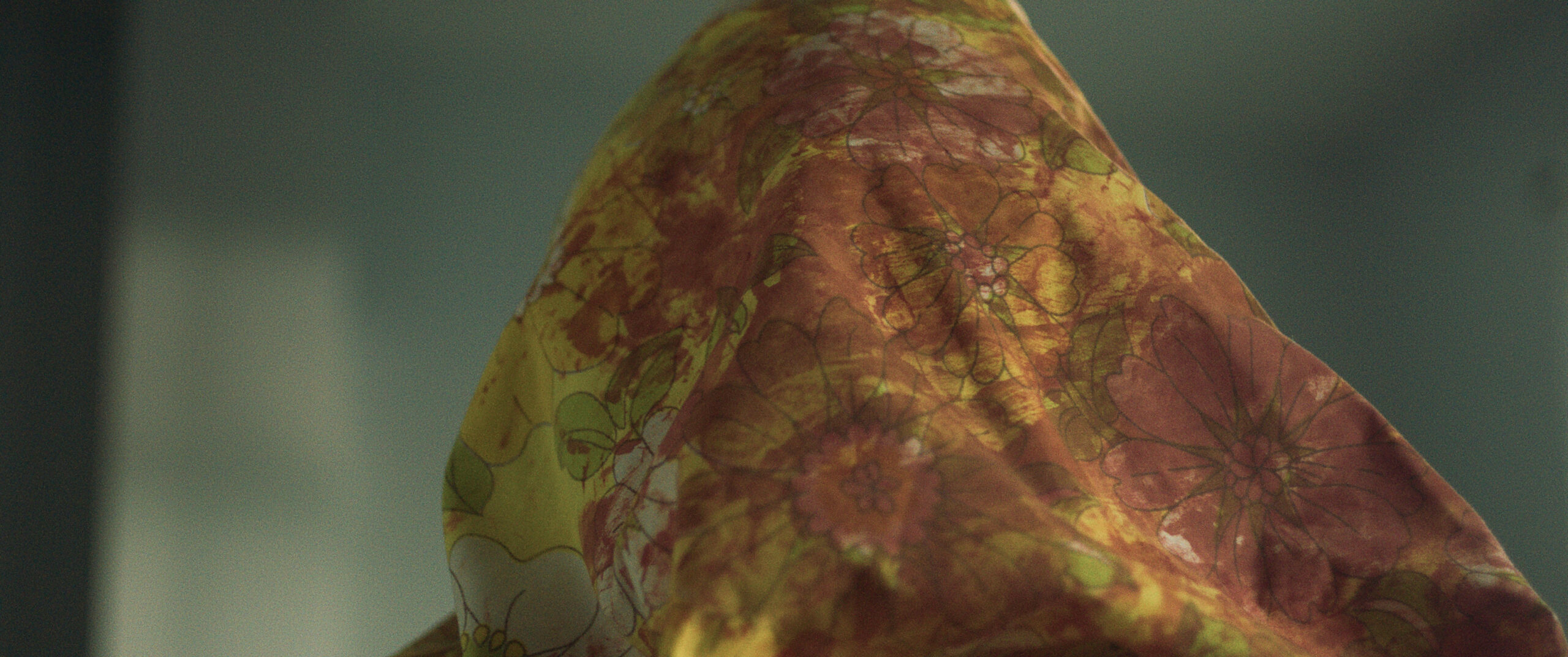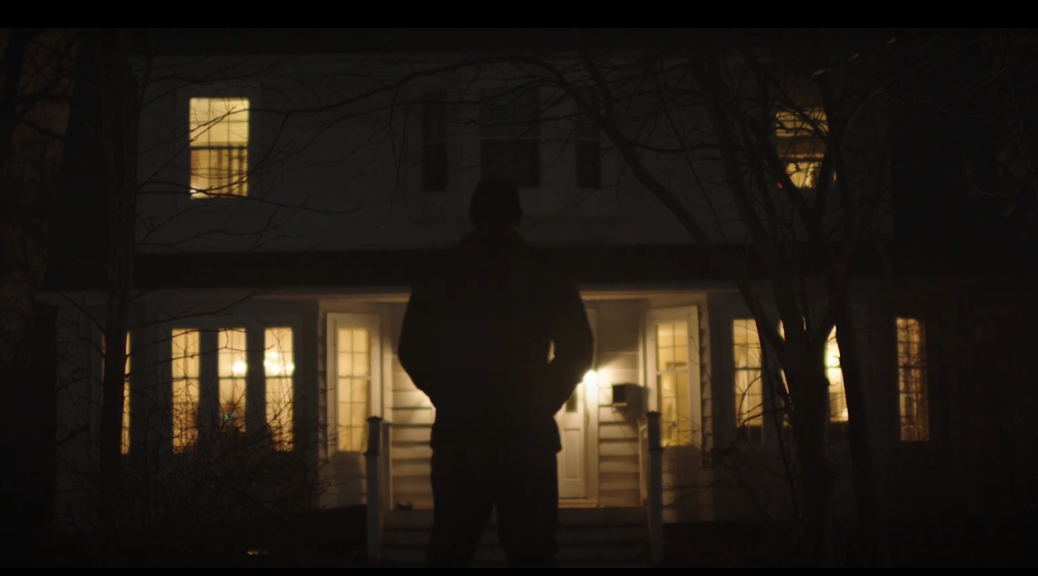Interaction
Screens Sunday, October 19 at 4pm
by Hope Madden
Dallas Richard Hallam’s mesmerizing, beautifully shot, and quietly audacious feature Interaction lulls you, then hypnotizes you. But you have no idea what you’re in for.
House cleaner Rebecca (Suziey Block) hides little recording devices in all the homes she cleans. Never without her headphones, and right under the noses of clients with the means to pay for housekeeping, she listens to their most banal and most intimate moments.
But she listens all the time—in the car, in bed at night. The keepers are even labeled, for when she needs to relax, when she needs to laugh, when she needs a good cry. And for quite a while, this unapologetic invasion of privacy plays like a poetic reflection of modern social isolation.
The quietly beautiful image of loneliness and disconnect is a sleight of hand, though, and the film slowly – with zero exposition – turns more and more sinister.
Nearly the only dialog in the entire film comes from these recordings. When someone does speak, it feels like an invasion. This, too, suggests a director in absolute command of his medium. Though we may believe we have nothing in common with Rebecca, we come to connect with her. We worry when she seems too at home in someone else’s living space, fear that she should remove the headphones before she commits to certain acts, in case someone is around the corner, or returns home unexpectedly.
Hallam tightens tensions minute by minute, so quietly and efficiently you may not even recognize your own anxiety. He’s helped immeasurably by a masterpiece of understatement from Block, whose performance is unnervingly authentic and, for that reason, shocking when it needs to be.
Filmmaker Claire Denis has built an immaculate career making movies about the moments in the story other directors ignore or leave out. The same story is told, she just uses different beats within the same tale to tell it. Hallam, who co-wrote the script with A.P. Boland, approaches the film in much the same way.
At no point does his choice feel like a gimmick, which is success in itself. But when the film begins to veer toward true thriller, when it turns genuinely mean, it’s unsettling in the way a Denis or even a Michael Haneke film might be. Interaction is hard to forget.














